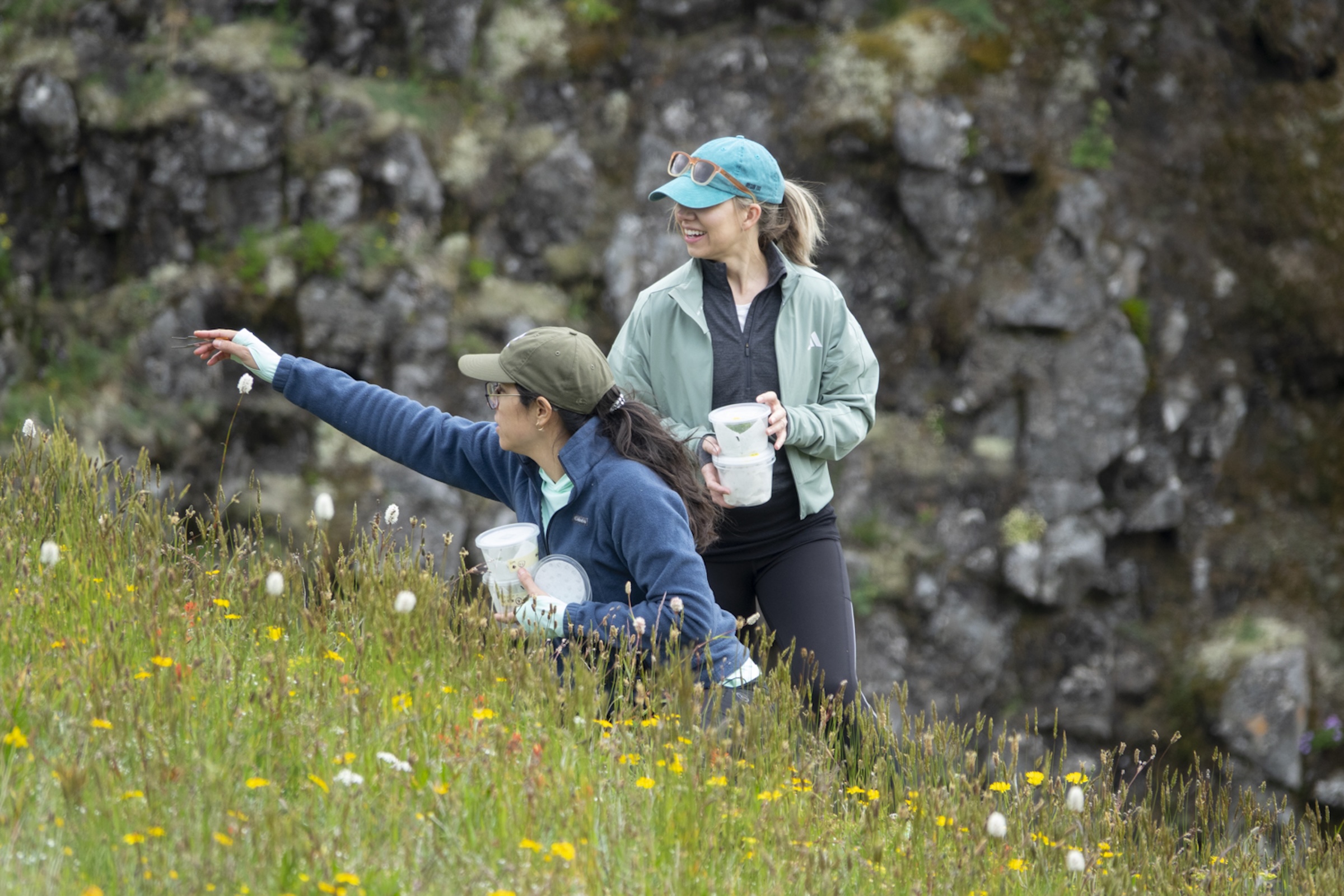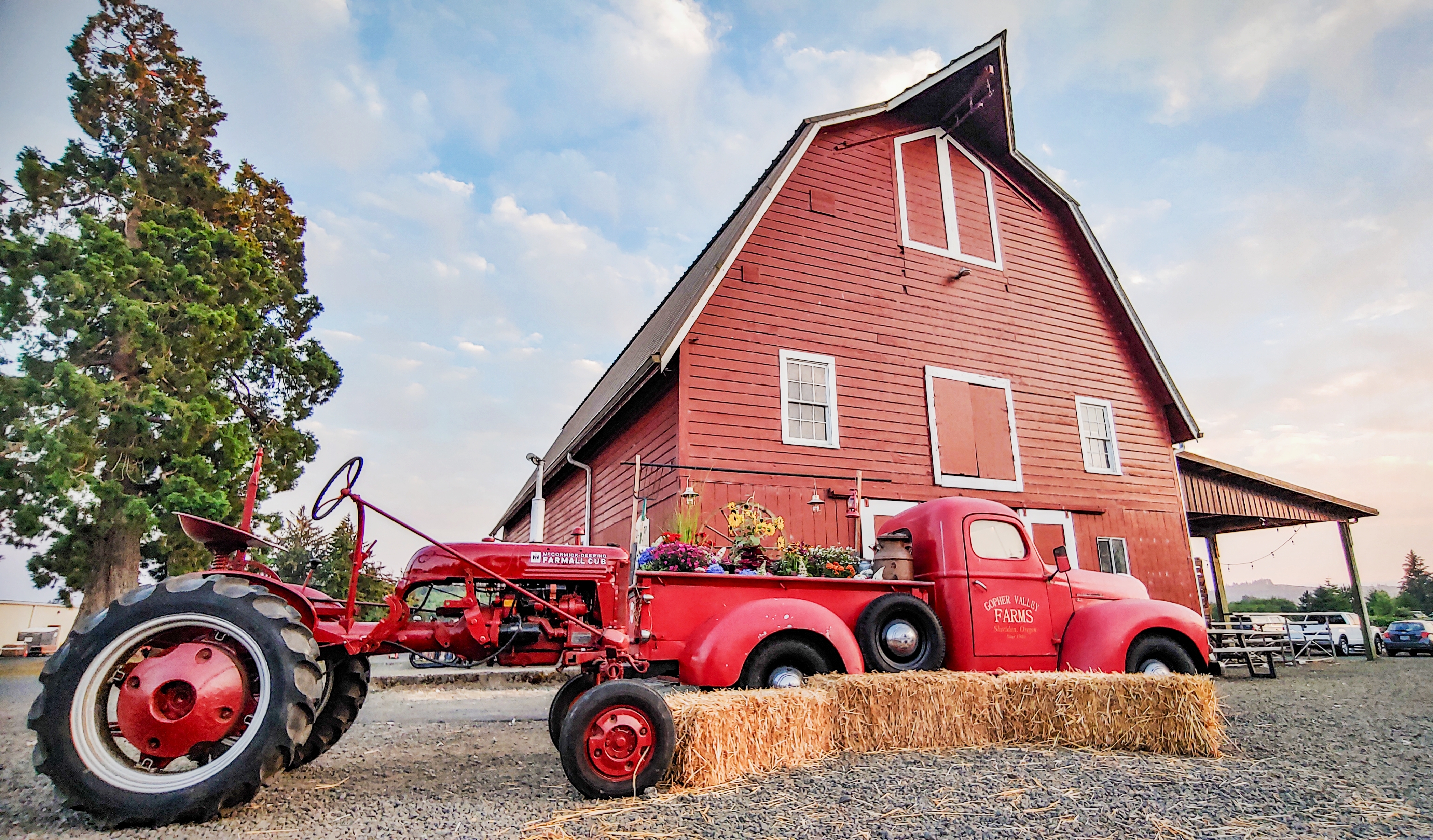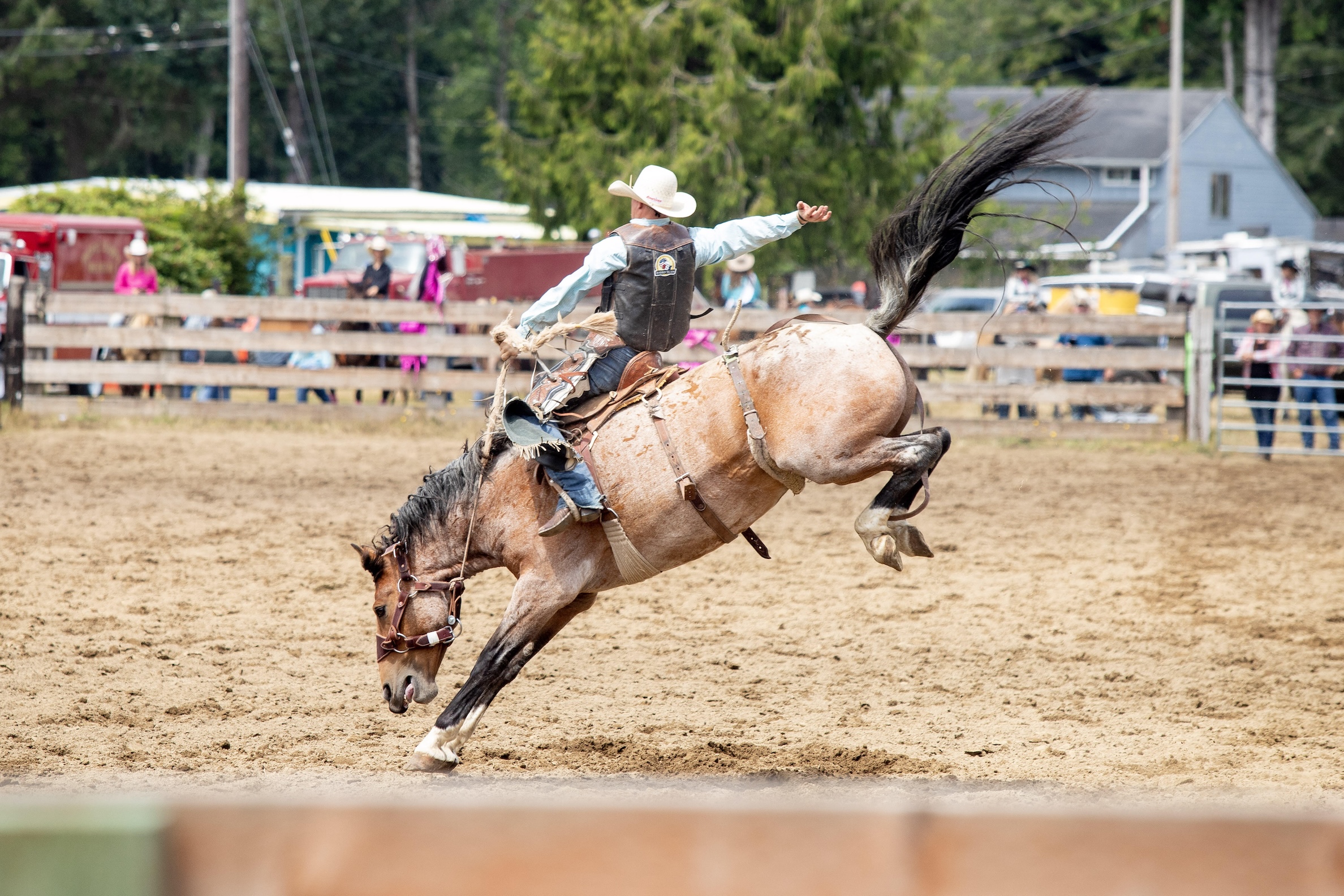Bookmonger: Trees of the Northwest
Published 9:00 pm Wednesday, September 29, 2021

- ‘Northwest Know-How: Trees’ is by Seattle author Karen Gaudette Brewer.
‘Northwest Know-how: Trees’ by Karen Gaudette Brewer, illustrations by Emily Poole
Sasquatch Books — 144 pp — $16.95
Trending
My house is surrounded by trees, which means that every autumn I need to clean out the gutters repeatedly of detritus being shed by fir, cedar, oak, maple, hemlock, madrone and dogwood.
It’s a chore I do willingly, for the pleasure of living amidst the trees, so naturally I was drawn to a new book, “Northwest Know-How: Trees,” which comes in a compact size just right for holding in your hands. Published by Sasquatch Books, this guide contains entries on 54 trees that can be found in the region.
Seattle author Karen Gaudette Brewer says she wrote this book to help readers “feel even more at home on your next hike, ski, run or picnic now that you’ll be better able to recognize your neighbors.” Her concise natural history facts, combined with some very nice illustrations by Eugene-based artist Emily Poole, welcome readers to pay more attention to the remarkable diversity of the region’s native trees.
Entries present trees in alphabetical order by their Latin names, so you can see related species grouped together — as in the Acer genus, which includes Acer circinatum (vine maple), Acer glabrum var. douglasii (Douglas maple) and Acer macrophyllum (big-leaf maple).
For readers who pay attention, this will point out some interesting idiosyncrasies. Douglas fir, for example, is not included upfront with the other firs in the Abies genus, because taxonomists have deemed it instead as a “false hemlock” — Pseudotsuga.
If you want to look up a tree by its common name, you can do that by flipping to the index in the back.
Each tree listing contains a quick introductory paragraph that might have information about the habitat the tree provides for different animal species, for example, or how its wood or bark has been used by humans. Entries also include details on tree size, the regions where the tree grows, a fun fact (such as Indigenous peoples traditionally used the black hawthorn’s thorns as fishing hooks and sewing needles), and identifying features.
All entries are augmented on the opposing page by Poole’s meticulous, full-color illustrations, which feature a full tree profile along with close-up studies of identifying features like leaves, blossoms, bark or cones.
This handsome little hardcover is a good on-the-go guidebook — the right size to slip into your backpack or tuck into the glove box of your car the next time you take a road trip anywhere in the Pacific Northwest.
And if you find yourself hungering for more information about the trees in our region, Stephen Arno’s heftier “Northwest Trees” guidebook, a classic originally published in 1977 but brought out in a second edition last year by Mountaineers Books, still sets the standard with in-depth discussions of over 60 trees that are native to the Pacific Northwest. Arno’s essays are graced with pen-and-ink botanical drawings and landscape illustrations created by Anacortes, Washington, artist Ramona P. Hammerly.
Please excuse me now — I have to go hug some trees!









